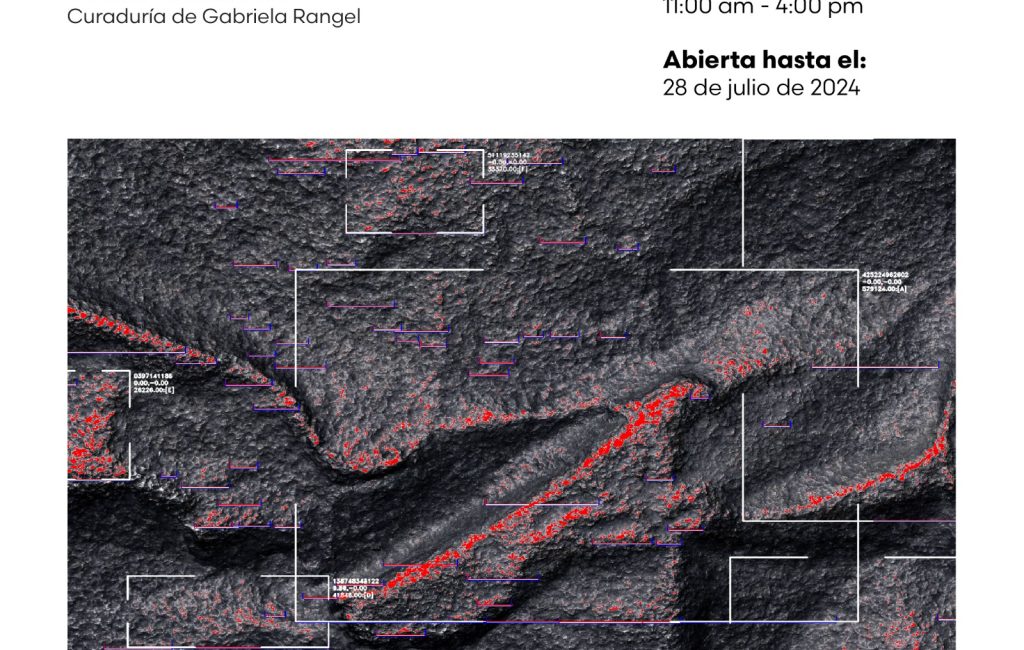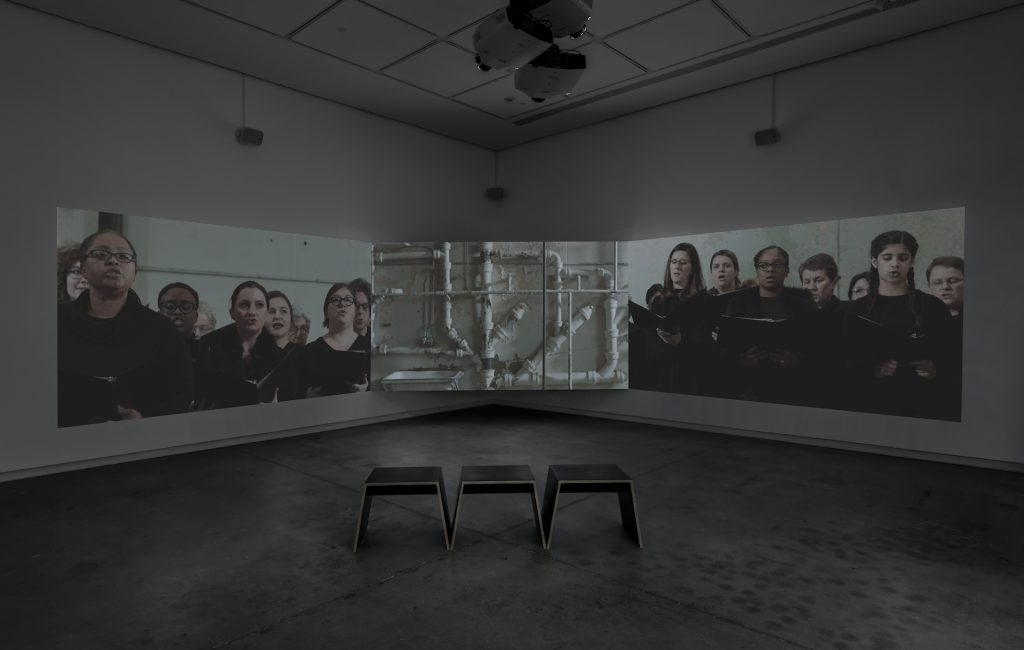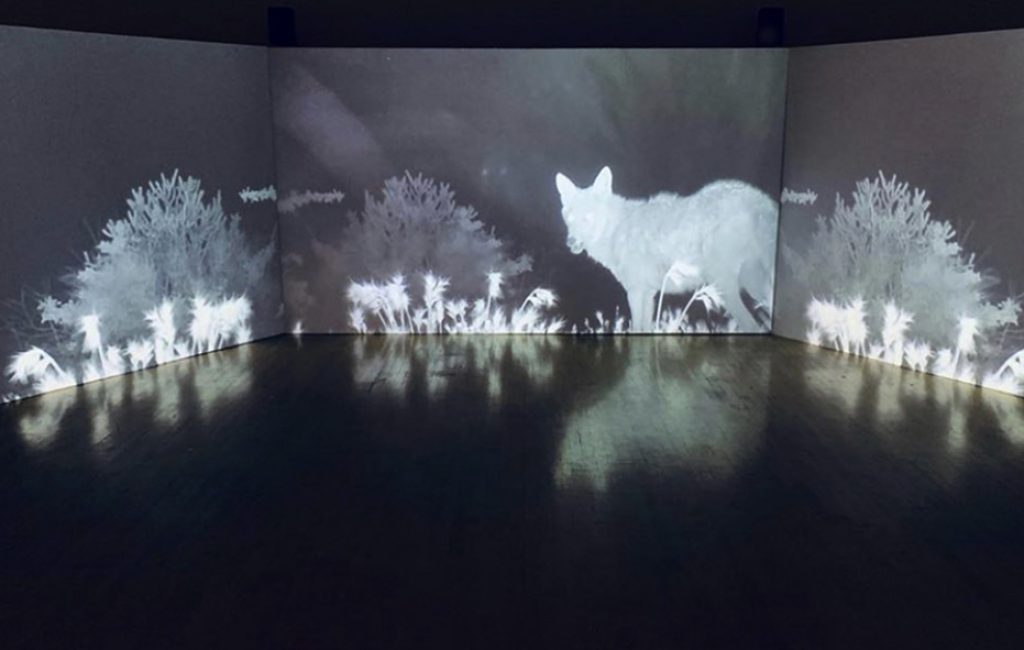EXHIBITIONS

The other side of the tracks
STARTS:
ENDS:
In 1862, President Lincoln signed the Pacific Railroad Act, a law that chartered the Union Pacific and Central Pacific companies to connect one side of the country to the other. In 2019, in cities across the country, the 150th anniversary of the completion of the Transcontinental Railroad was celebrated with a great deal of fanfare. Ogden’s Union Station on historic 25th Street became one point along the transcontinental route — a junction Union Pacific passed through on its way to Promontory and the Golden Spike. Heavily inscribed in our national mythos, the locomotive emblematizes our country’s ingenuity, its economic potency, and its dogged pursuit of manifest destiny.
The histories unaccounted for in our best-known tales of the train—the men, women, and communities transformed but ignored in the dominant narrative of the engine and the nation it built. It is their stories of the tracks that still wait to be told. The Other Side of the Tracks, a traveling exhibition, features the work of nine national and internationally recognized contemporary artists who come from these communities, their voices excluded from the triumphal tales of the track. This approach challenges the traditional narrative about trains and promotes a more inclusive and accurate view of the subject. The work of the Native American, African American, Chinese American, and Mexican art-makers in this exhibition creates a powerful vision of the railway from a perspective Americans have rarely experienced before. Additionally, the research component, which included a journey by train the participating artists took together, visiting towns and cities built by the railway, was both innovative and critical to the evolution of the artwork in the exhibition. The research expedition between artists and the show’s curator, Jorge Rojas also inspired the interdisciplinary nature of the exhibition.

Desminar
STARTS:
ENDS:
Desminar, curated by Gabriela Rangel, is a project that seeks to transform the viewer’s experience by focusing attention on the sound and amplified image that emanate from the floor. The installation contemplates the activation of a device that, like a deminer – which tracks the explosives left in the territory after wars – evokes the immaterial dimension of violence through sound. The work is a polyphonic lament, a generative composition that translates in real time the grooves and incisions of Fragmentos’ floor.
Desminar also contemplates the use of archival material, to link the Plaza de las Tres Culturas of Tlatelolco, in Mexico City, as another violated territory.

GUT_BRAIN 1: Destructive Desires and Other Destinies of Excess
STARTS:
ENDS:
Curated by Irmgard Emmelhainz and Christine Shaw is an exhibition series inspired by the primary movements of the digestive system: ingestion, propulsion, mechanical breakdown, chemical digestion, absorption, and elimination.
The first movement, Destructive Desires and Other Destinies of Excess, materializes at the mouth. As a site of ingestion, sexuality, sustenance, and language, the mouth tracks the origins and symptoms of injurious forms of interdependency that have led to our toxic world. This two-part movement focuses on artists who recognize that modern technologies at the center of a project of future worldmaking are linked to destructive desires, toxic masculinity, feminicide, dependency on fossil fuels, land dispossession, chemical contamination, wasted and remaindered populations, and the colonial technosphere to sustain life.
Tania’s piece: Four Industries

Humano demasiado humano / Human too Human
STARTS:
ENDS:
The exhibition presents the work of the artists Jorge Barco (Colombia), Tania Candiani (Mexico), Jeisson Castillo (Colombia), Chakala (Ecuador), Felipe Jácome Reyes (Ecuador), under the curatorship of Pedro Soler, who encourage people to pay attention to these other worlds: animals, plants, minerals, their silences, resonances, whispers and howls, to explore the contours of a common future or its most complete failure.
‘Human, too human’ comes thanks to the inter-institutional collaboration of the FMC in coordination with the Simón Bolívar Andean University Ecuador Headquarters and the Sound and Acoustics career of the University of the Americas.
Curator: Pedro Soler